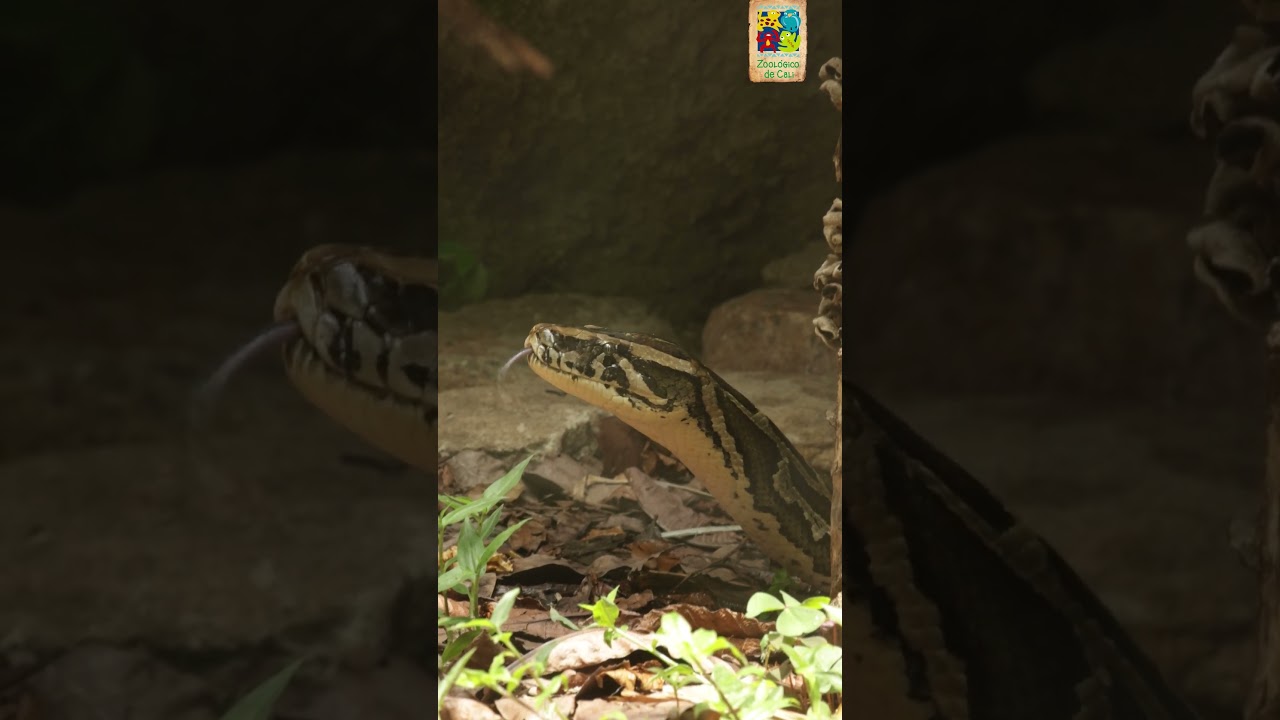– The ecological importance of snakes in maintaining balanced ecosystems
– The diversity and adaptability of snakes across various habitats
– Threats to snake populations and the impact of biodiversity loss
– Best practices in snake conservation and zoo management
– The role of education in changing public perception of snakes
Snakes have long been creatures of fascination and fear, holding a unique place in the tapestry of biodiversity. Their roles within ecosystems are critical, acting as predator and prey; they help maintain a balanced ecological equation. Across various habitats, from dense rainforests to arid deserts, the adaptability of snakes showcases their evolutionary success. Yet, these remarkable reptiles face numerous threats that jeopardize their survival. Understanding the diversity of snakes, their challenges, and the measures needed for their conservation is essential for ensuring their continued place in the world’s ecosystems.
The ecological importance of snakes cannot be overstated. As predators, they control the population of their prey, which often includes pest species such as rodents. By regulating these populations, snakes prevent overgrazing and damaging crops and stored grains, indirectly supporting human agriculture. In their role as prey, snakes contribute to the diet of other wildlife, creating a cycle of energy transfer vital for ecosystem health. This balance is delicate, and the decline of snake populations can lead to pest species’ proliferation and ecological harmony disruption.
Diversity and adaptability are hallmarks of the snake family. With over 3,000 species, snakes occupy a broad range of ecological niches. Each species has developed unique adaptations, from the aquatic anaconda to the terrestrial rattlesnake, that enable it to thrive in its specific environment. These adaptations include venom for subduing prey, heat-sensitive pits for detecting warm-blooded animals, and muscular constricting abilities. This variety demonstrates snakes’ evolutionary prowess and highlights the complexity of their conservation needs.
Threats to snake populations are both varied and vast. Habitat destruction, driven by agricultural expansion and urban development, is perhaps the biggest threat, leading to the loss of the environments that snakes call home. Furthermore, snakes face persecution due to human fears and misunderstandings, often resulting in direct killing. Illegal wildlife trade also poses a significant threat, with many species collected for their skins, as pets, or for use in traditional medicines. Climate change adds another layer of risk, altering habitats and food availability and affecting snake reproductive patterns and survival rates.
Best snake conservation and zoo management practices are critical for addressing these threats. In-situ conservation efforts, such as habitat protection and restoration, are vital for preserving natural populations. Ex-situ measures, including captive breeding programs in zoos, can bolster populations and hedge against extinction. Zoos play a critical role in conservation, providing safe havens for endangered species and conducting research that enhances our understanding of snake biology and ecology. Effective zoo management involves creating environments that mimic natural habitats, ensuring captive snakes’ physical and psychological well-being.
Education plays a pivotal role in changing the public perception of snakes. Fear and misunderstanding have long shadowed these animals, often leading to unnecessary killings and habitat destruction. By providing accurate information and fostering appreciation for the ecological value of snakes, educational programs can shift attitudes and promote coexistence. Engaging communities in conservation efforts through citizen science and local stewardship projects empowers people to actively protect snakes. Moreover, dispelling myths and highlighting the fascinating aspects of snake biology can cultivate a sense of wonder and respect for these often misunderstood creatures.
Understanding and appreciation are key to conserving snakes and ensuring their survival. By recognizing their ecological importance, addressing their threats, and employing best practices in conservation and zoo management, we can safeguard these vital components of biodiversity. Education is the cornerstone of this effort, altering perceptions and inspiring action. As stewards of the planet, we are responsible for protecting snakes and the ecosystems they inhabit, ensuring a balanced and healthy environment for future generations.
*****
Source Description
La boa (𝑩𝒐𝒂 𝒄𝒐𝒏𝒔𝒕𝒓𝒊𝒄𝒕𝒐𝒓 𝒊𝒎𝒑𝒆𝒓𝒂𝒕𝒐𝒓), al nacer, mide unos 50 cm, pero puede crecer hasta casi 4 metros y pesar hasta 45 kg cuando alcanza la edad adulta. Estas serpientes son nocturnas y las hembras dan a luz crías vivas e independientes que viven en los árboles mientras crecen. Con el tiempo, las boas adultas pasan más tiempo en el suelo y pueden llegar a vivir hasta 40 años bajo cuidado profesional.🐍
📍Planea tu visita en https://www.zoologicodecali.com.co y visita el serpentario, un espacio único de nuestro recorrido.
.
.
.
#ZooCali #MuchasHistoriasQueContar #PasiónPorLaVida


